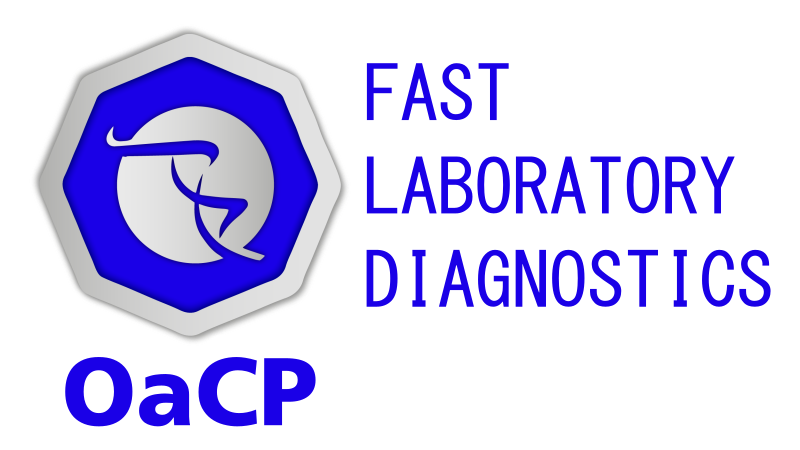Months ahead of forced coexistence with Sars-CoV-2, when we thought we knew the virus intimately and profoundly by hundreds of scientific works and hundreds of miles of sequencing reads, here the variants made their appearance.
Nothing new, nothing unexpected.
Brand new variants are expected and natural evolutionary mechanism: an adaptation of the virus to the host population and the environment in which it lives (Cui et al., 2019).
When scientists talk about variants, they mean viral genome forms containing mutations that stabilize the viral population, since they provide an advantage in terms of virus survival. They occur naturally, but can often be the consequence of selective pressure, also given by the extensive use of drugs (et al., 2021).
Whenever the virus replicates, mutations can, in fact, be generated: some of them have no effects in virus or host biology, some of them damaging it and some of them improve its interaction mechanisms (such us variants carrying N501Y polymorphism) with host cells and the virus escaping from neutralising antibodies (i.e. variants carrying E484K mutation) (Khan et al., 2021).
Variants of Interest (VOI) and Variants of Concern (VOC)
To date, as pointed out by the WHO, in the CoViD-19 Weekly Epidemiological Update, all variants are organised into two categories: Variants of Interest (VOI) and Variants of Concern (VOC).
A SARS-CoV-2 is variant of interest (VOI) if it is phenotypically changed compared to a reference or has a genome with mutations that lead to amino acid changes associated with established or suspected phenotypic implications and has been identified to cause community multiple COVID-19 cases or clusters or has been detected in multiple countries; or is otherwise assessed to be a VOI by WHO in consultation with the WHO SARS-CoV-2 Virus Evolution Working Group.
So, VOI are new variants still being studied to understand their severity and impact on the population.
A VOI (as defined above) is a variant of concern (VOC) if, through a comparative assessment, it has been demonstrated to be associated with increase in transmissibility and could also change COVID-19 epidemiology; it increases virulence or change in clinical disease presentation; or also can decrease effectiveness of public health and social measures or available diagnostics, vaccines, therapeutics. (Source: WHO).
COVID-19 Variants of Concern (VOC)
To date, although VOI are dozens, the number of the VOC implicated in COVID-19 epidemiology alterations are associated with the most distributed, such as (source Pango lineages database):
- B 1.1.7, aka United Kingdom variant, sequences reported in 111 countries.
- B 1.351, aka South Africa variant, sequences reported in 69 countries.
- 1.1.28, aka Brazilian variant P1 and P2, sequences reported in 36 countries.
- B 1.525, aka Nigerian variant, sequences reported in 40 countries.
- B 1.427/429, aka Californian variants, reported in more than 27 countries.
Sequencing technology is not enough
Although the use of RNA sequencing is the key in characterising new SARS-CoV-2 variants (VOI and VOC), it’s impossible to use sequencing to real time tracking and monitoring them within the population as risking an insufficient response to a rapidly changing pandemic (The Lancet, 2021).
As pandemic taught the world, the early sharing of scientific data enables rapid development of diagnostics and now we have the right tool to investigate Sars-CoV-2 variants in less than an hour.
By using the tools that science made possible, we have the chance to not fall behind the Sars-CoV-2 evolution.
We can and must monitor and track variants in order not to run the risk of making them spread unchecked in national and international territories.
Written by Simone Di Giacomo, PhD, OaCP R&D Manager

CoViD-19 Nucleic Acid Detection Kit (VARIANTS)
Bibliography:
Cui, J., Li, F., & Shi, Z. L. (2019). Origin and evolution of pathogenic coronaviruses. In Nature Reviews Microbiology. https://doi.org/10.1038/s41579-018-0118-9
Kemp, S. A., Collier, D. A., Datir, R. P., Ferreira, I. A. T. M., Gayed, S., Jahun, A., Hosmillo, M., Rees-Spear, C., Mlcochova, P., Lumb, I. U., Roberts, D. J., Chandra, A., Temperton, N., Sharrocks, K., Blane, E., Modis, Y., Leigh, K., … Gupta, R. K. (2021). SARS-CoV-2 evolution during treatment of chronic infection. Nature. https://doi.org/10.1038/s41586-021-03291-y
Khan, A., Zia, T., Suleman, M., Khan, T., Ali, S. S., Abbasi, A. A., Mohammad, A., & Wei, D.-Q. (2021). Higher infectivity of the SARS-CoV-2 new variants is associated with K417N/T, E484K, and N501Y mutants: An insight from structural data. Journal of Cellular Physiology. https://doi.org/10.1002/jcp.30367
The Lancet. (2021). Genomic sequencing in pandemics. In The Lancet. https://doi.org/10.1016/S0140-6736(21)00257-9




